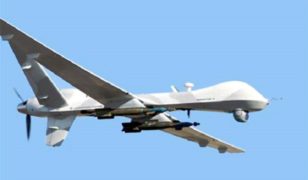LAX chooses NICE’s Situator Web application

NICE Systems and AECOM Technology Corp. announced on August 13 that they are helping Los Angeles International Airport (LAX) extend its situation management capabilities from the control room to the field.
The airport deployed the NICE Situator Enterprise Geographical Information System (EGIS) Web application, which enables field personnel to view on their tablets all open security and operational incidents in Situator and log new incidents. This creates a shared environment for managing incidents, leading to better collaboration between teams, increased situational awareness for all operators and more-effective responses.
The Web application uses the sophisticated geospatial and mapping capabilities of Esri’s ArcGIS Server to provide customized, layered views of airport buildings, property and infrastructure. All relevant incident stakeholders can visualize the same incident on a map and engage in interactive dialogue via the comments log. They can also share response plans, like an evacuation route, by drawing on the map, annotating it and saving it to the system.
The Web application will also help field operators more efficiently manage day-to-day tasks, such as Federal Aviation Administration-mandated Part 139 airfield inspections. Under Federal Aviation Regulations Part 139, United States commercial service airports are required to conduct various assessments of each runway; examine pavement markings, lighting, signs and safety areas; and oversee ground vehicle operations. If an issue arises, field operators can easily create a new incident on their mobile devices, which is resolved through Situator’s workflows and recorded for compliance purposes.
Part of the Los Angeles World Airports, LAX has been using NICE Situator since 2011 to integrate information from various security and operational systems, like video surveillance, CCTV and access control, as well as to generate automated, adaptive response plans. With the Web application, first responders and field operations personnel receive all information from Situator in real time. They can immediately pull up assets in an impact zone — for instance, a video camera within 100 feet of the incident — or use the application’s robust search engine to search for nearby geospatial assets, like the exits closest to an incident location. They can also create new incidents, manage ongoing ones and complete specific tasks assigned to them, reducing reliance on radio communications and enhancing compliance.








